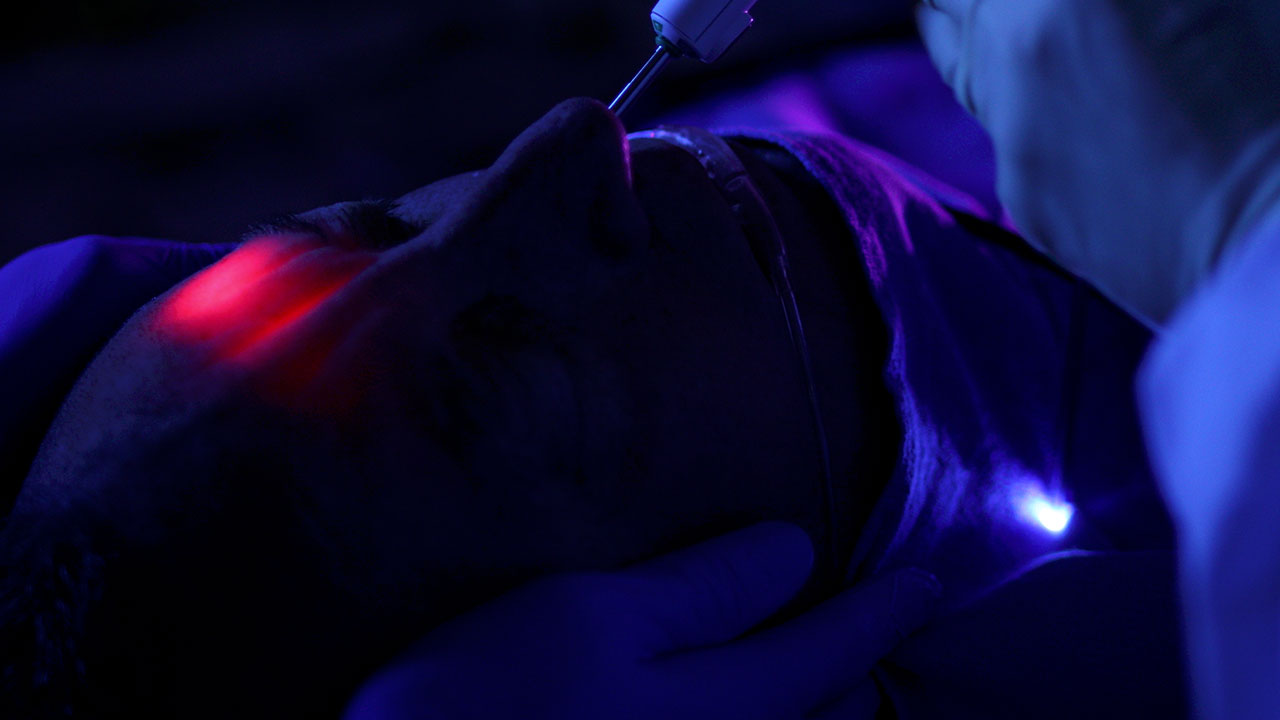
What is Balloon Sinuplasty?
Balloon sinuplasty is a type of endoscopic nasal surgery. It is a minimally invasive, safe and effective medical therapy to open blocked sinuses. It uses small endoscopic catheter-based balloons to dilate the drainage pathways of the large nasal sinuses. It is also known as the “smart” sinus procedure or angioplasty for the nose. Balloon sinuplasty is typically used to treat cases of severe rhinosinusitis, persistent sinus inflammation, sinus congestion, and blockage in the nose. Balloon sinuplasty technology was approved by the United States Food and Drug Administration (FDA) in 2005 and expanded treatment options for patients diagnosed with chronic sinusitis. Balloon sinuplasty is considered extremely effective in reducing symptoms of rhinosinusitis. The procedure is minimally invasive, involves no cutting or loss of nasal tissues or bone, and has a short recovery time. As a result, balloon sinuplasty has become the surgery of choice for chronic or severe sinusitis that does not respond to other medical therapies, such as nasal decongestant medications and rinses, antibiotics, and nasal and oral corticosteroids.
How Does Balloon Sinuplasty Work?
Balloon sinuplasty works by dilating the openings of the three major nasal sinuses restoring normal sinus drainage and resolving sinusitis symptoms. Most people who need the surgery have a condition that leads to the sinus membranes becoming inflamed, preventing drainage of mucus, and causing congestion. Over time, blocked and inflamed nasal passages can interfere with breathing and lead to symptoms such as a headache, jaw ache, and insomnia. Balloon sinuplasty allows doctors to gently widen blocked sinus passages and flush out sinus infection using a saline solution.
The popularity of balloon sinuplasty is because it is associated with such high rates of success, low risks of complications, and quick recovery times. Since there is no cutting or removal of tissue, there is a lower risk of bleeding, infection, and pain. The procedure is also much quicker with no need for general anesthesia or a hospital setting.
What are the Side Effects of Balloon Sinuplasty?
As with all surgical procedures, balloon sinuplasty is known to cause some minor symptoms, but this resolves shortly after surgery. Common minor side effects associated with balloon sinuplasty include congestion and mild bleeding. Temporary mild headaches are less common. There will be no external nasal swelling, bruising, or change in the shape of your nose.
How is Balloon Sinuplasty Performed?
Balloon sinuplasty is performed by an otolaryngologist, otherwise known as an ear, nose, and throat or ENT doctor. It is performed in the clinic procedure room with local anesthesia and a mild sedation. After administering anesthesia, the doctor inspects the nasal cavity with an endoscope.
Once the entrance to the sinus cavity is identified, the doctor will slowly advance a small balloon catheter into the sinus. When the balloon sinuplasty device is correctly positioned inside the sinus cavity, it will be slowly inflated to gently restructure and expand the tissues and thin bone of the sinus opening. After the dilation is performed, the doctor will flush out sinus with a saline rinse to further remove congestion and infection. Finally, the balloon is removed and the sinus is left to continue to drain naturally. This procedure takes 15 minutes by an experienced ear, nose, and throat surgeon. It is easily performed with septoplasty and turbinate reduction if found necessary to further improve blocked nasal passages.
How Much Does Balloon Sinuplasty Cost?
Balloon sinuplasty is covered by commercial insurance plans. There will be no hospital costs when performed in the clinic procedure room. The out-of-pocket costs associated with each sinuplasty depends on an individual’s insurance plan. Overall, the costs associated with balloon sinuplasty range from $2,000 to $7,000 and are fully covered by insurance.
How Long Does it Take to Recover?
Most people can go home 30 minutes after balloon sinuplasty and return to most regular activities after 24 to 48 hours. Usually, sinuplasty tends to cause mild congestion and bloody drainage in the week following surgery. It is advisable for an individual to avoid strenuous activities for at least a few days after sinuplasty. An over-the-counter anti-inflammatory can help manage irritating or uncomfortable symptoms afterward.
If you have failed medical therapies for chronic sinus problems, seek medical advice from the sinus professionals at Capital ENT and Sinus Center. Not only do we have expertise in balloon sinuplasty, but we have knowledge of all sinus treatment options. Let us help you resolve your sinus problems once and for all.
